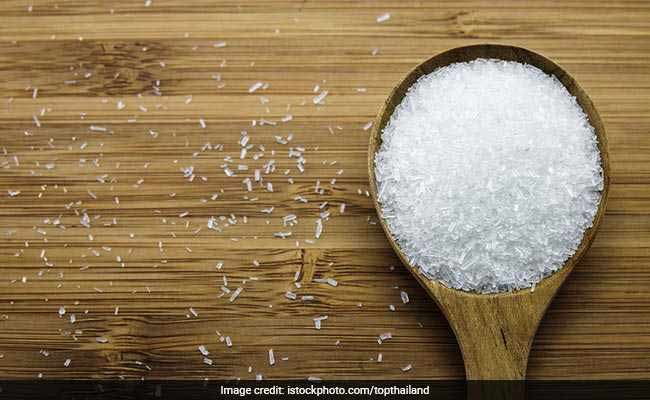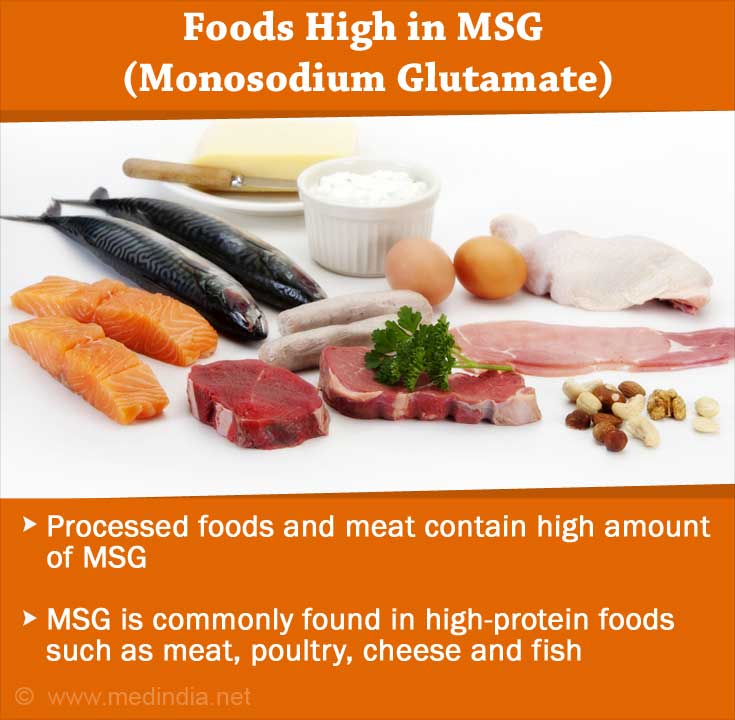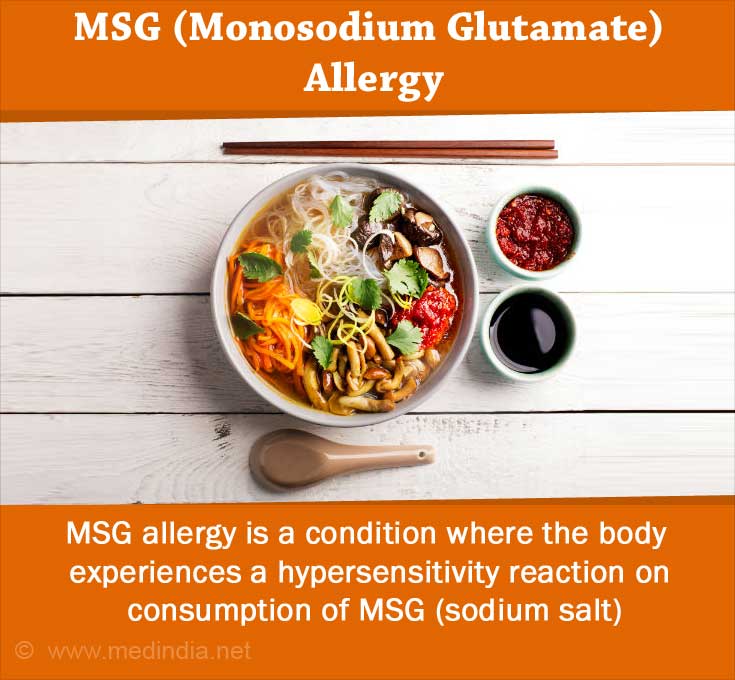Beautiful Info About How To Detect Msg In Food

Up to 24% cash back in other words, they tried to hide the fact that msg is an ingredient.
How to detect msg in food. Detection thresholds for msg (with imp) in foods were elevated in elderly subjects compared with young subjects. Msg is used in many common foods available today in grocery stores and local restaurants. The detection thresholds for elderly subjects for msg with imp in foods were.
So if you ask a lab to analyse a so. Glutamates such as msg taste like umami, or more accurately, are umami (just as sugar is sweet and lemons are sour). If you’re fond of ordering chinese food delivery for dinner, you may often notice that the menus have a large symbol proclaiming that they don’t use msg.
This ingredient, which is found in umami additives, aims to boost flavor to foods including snacks,. Msg doesn’t do anything to your food so much as it does something to your tongue. What’s interesting about glutamate is that it is a natural component in flavor ingredients such.
Umami is described as savory, meaty, or earthy. it has. August 27, 2021 at 10:00 a.m. If you’re just going to rely on your taste buds, it’s going to be tricky to detect msg in your foods.
You see, it’s required by the fda that food manufacturers list the ingredient “monosodium. Added msg and naturally occurring glutamate (in veggies, meat, fish, mushrooms etc) can't be differentiated and your body breaks it down in the same way. Answer from katherine zeratsky, r.d., l.d.
Monosodium glutamate (msg) is a flavor enhancer often added to restaurant foods, canned vegetables, soups, deli meats and. For more info on food additives and free recipes, si. Labeling laws require that we include msg in the ingredient list if we use it in a food.














